Why can’t the war be won with drones alone, and what role do assault units play in modern warfare? How…

Ukraine is increasingly conducting effective drone strikes against Russia’s oil refineries and other strategic industrial facilities, inflicting significant material losses on the enemy.
Military expert Petro Chernyk explained to ArmyInform how this contributes to weakening Russia’s combat potential in the war against Ukraine:
“The heavy Russian-Ukrainian war continues. In the cycle of combat operations, especially during dry weather, there are certain strategic shifts in the way the war is fought. I mean Ukraine’s systematic strikes on the enemy’s railway system—primarily on hub and transformer stations, as well as on oil refining facilities of the aggressor state. Let us break down why this is crucial, and why this could in fact mark a turning point in the war.
We must understand that war is, above all, about money. Modern warfare is highly technological and consumes enormous resources—from ordinary ammunition for Kalashnikov rifles to artillery shells, missiles, and more. About 90% of everything the enemy uses in the combat zone—including medical supplies, water, and personnel—is transported by rail.
For example:
We can see the scale of the difference. Considering that Russia has already lost tens of thousands of trucks, even halting railway operations temporarily is a massive step forward—a so-called rail war.
Here is a concrete historical precedent: in the summer and early autumn of 1943, during the Battle of Kursk, the Soviet Union employed up to 25,000 partisans. They blew up more than 25,000 kilometers of track and destroyed over 3,000 railcars. German documents reported that supplies to the Kursk salient dropped by 70%. That was decisive.
This is exactly why such strikes must be carried out. Another important point: 80–90% of Russia’s railway system runs on electric traction. They face serious problems with transformers—they cannot produce them in sufficient numbers, and acquiring them on global markets will be extremely difficult. Thus, disrupting logistics via the railway is a colossal step forward. Not instantly, but if this work is systematic, the front will inevitably start to suffocate.”
“The same logic applies to strikes on the oil refining industry—both refineries and fuel storage bases. Today’s war is truly a ‘war of engines.’
The enemy army constantly needs fuel—for trucks, tanks, armored personnel carriers, infantry fighting vehicles, and self-propelled artillery, not to mention aviation. Another simple calculation: a T-90 tank consumes up to one ton of fuel and about 100 kg of lubricants per day. That’s just one tank. Now extrapolate that to the entire fleet, including motorcycles, which the occupiers are now using extensively.
It is true that Russia’s resilience here is significant—they have around 50 large oil refineries and up to 30 smaller ones. But there is also a powerful ideological dimension: a self-proclaimed ‘energy superpower’ cannot even defend its own refineries and fuel production facilities. This makes such strikes not only effective but also symbolic—and they must be scaled up.
Again, let me cite a historical precedent: Nazi Germany’s backbone was broken when, by 1944, the Allies had finally bombed 12 plants producing so-called synthetic gasoline (created under high pressure and temperature by combining powdered coal with hydrogen). In his memoirs, German armaments minister Albert Speer admitted: ‘Had this not happened, we would have resolved the Eastern problem—that is, the problem of the Soviet Union.’
Thus, we have clear historical parallels and lessons. War is not just soldier against soldier—it is, in essence, a war of resources. And we have found Russia’s pressure points. We wish our Defense Forces success and further progress in this direction.
The key is not to stop. Such operations demand very high concentration and determination, but the course is absolutely the right one.”
@armyinformcomua
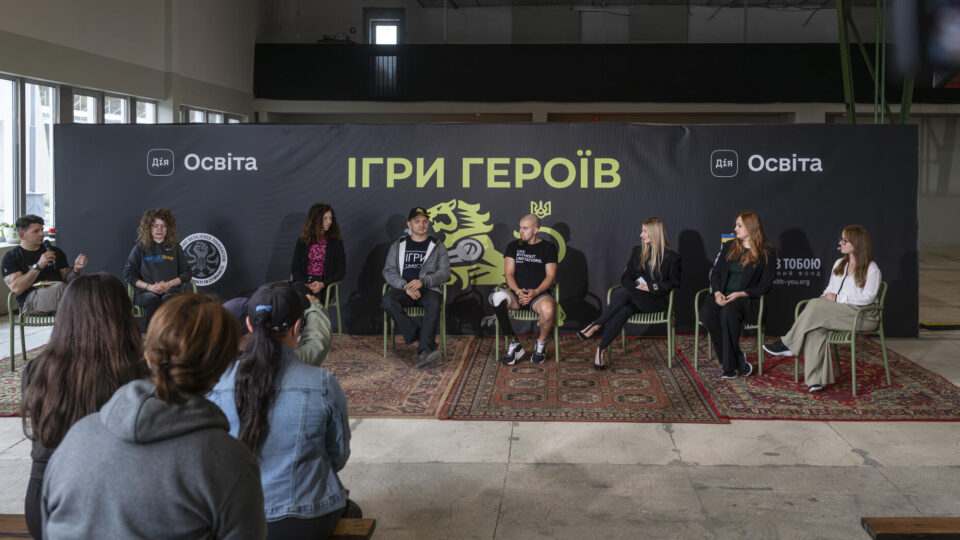
In the Kyiv a special training session took place on September 24 — an open adaptive workout for veterans who have undergone amputations. It was not just a sports event but a space of strength, recovery, and support.
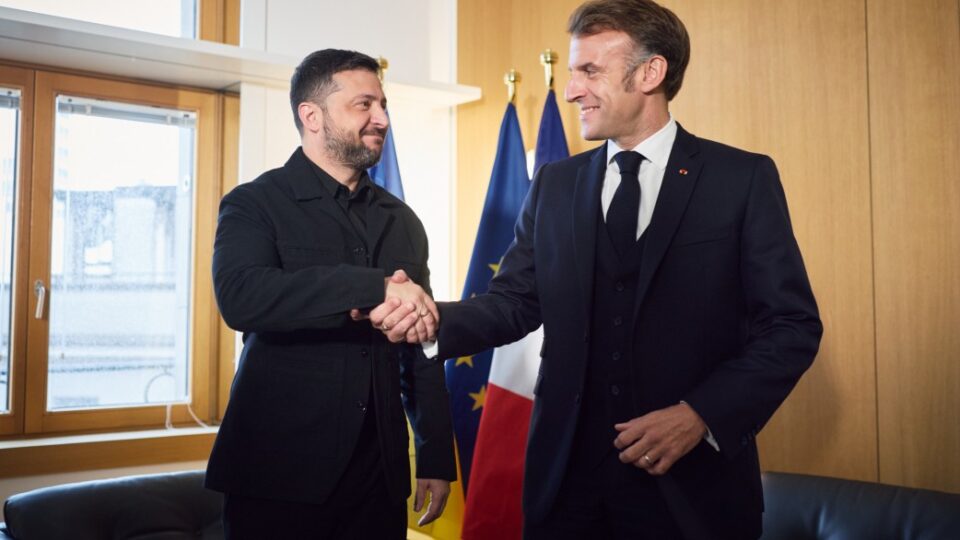
President of Ukraine Volodymyr Zelenskyy met in Brussels with President of France Emmanuel Macron, calling the current moment “a time when there is a chance to end the war and stop Russia”.
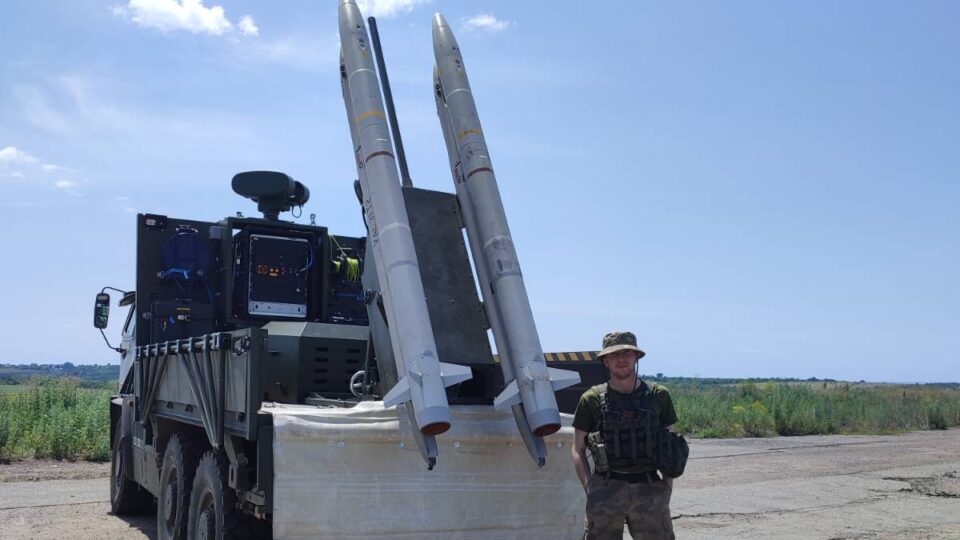
The Raven launcher crew has already destroyed four cruise and guided air missiles and more than two dozen enemy drones.
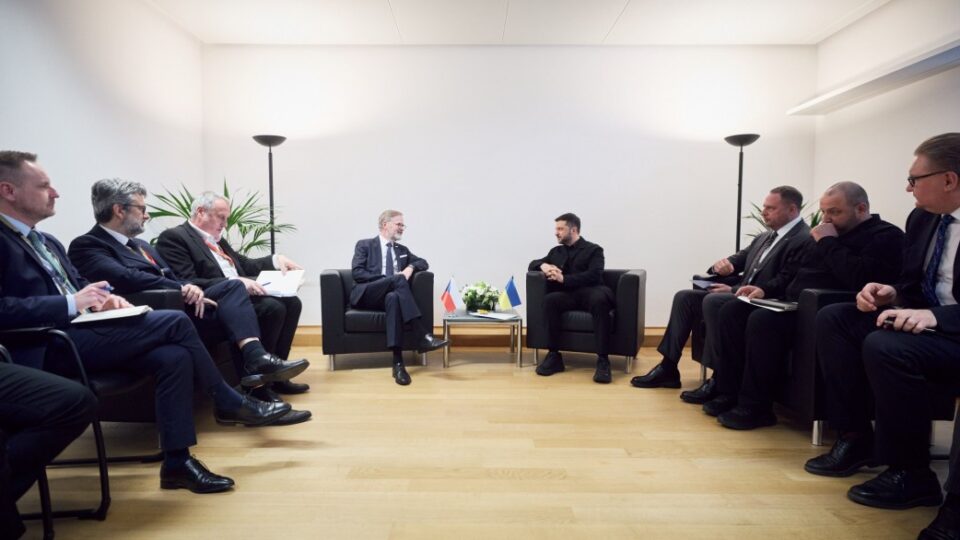
In Brussels, President of Ukraine Volodymyr Zelenskyy met with Prime Minister of the Czech Republic Petr Fiala.
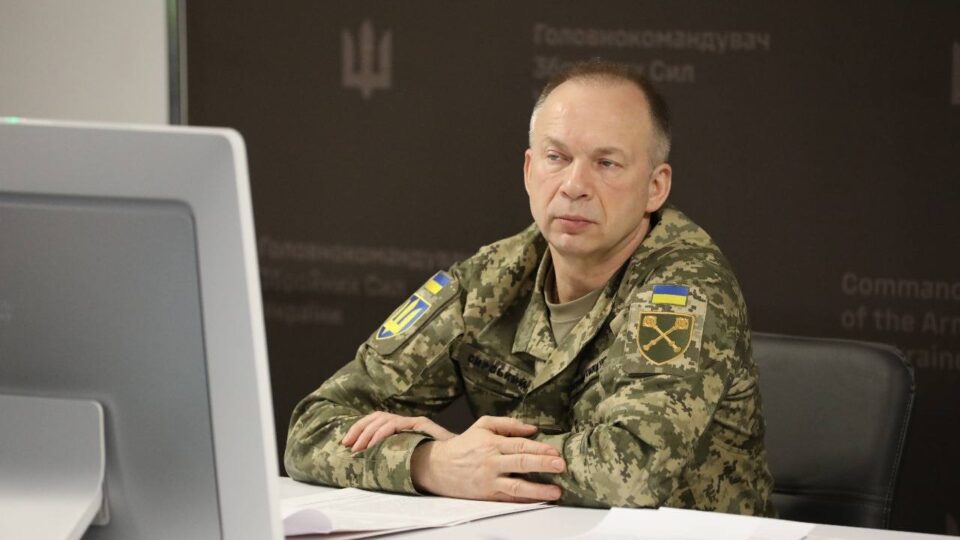
Commander-in-Chief of the Armed Forces of Ukraine, General Oleksandr Syrskyi, held a phone conversation with General Alexis G. Grinkevich, Supreme Allied Commander Europe (SACEUR) and Commander of U.S. European Command.
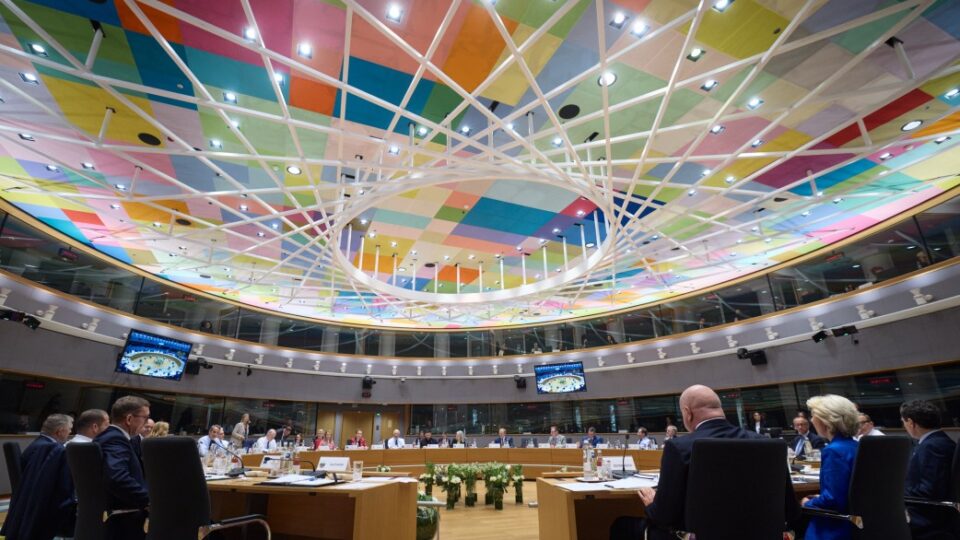
President of Ukraine Volodymyr Zelenskyy, speaking at the European Council meeting, called on EU leaders to increase pressure on Russia, stating that “Putin understands only the power of long-range weapons”.
Why can’t the war be won with drones alone, and what role do assault units play in modern warfare? How…